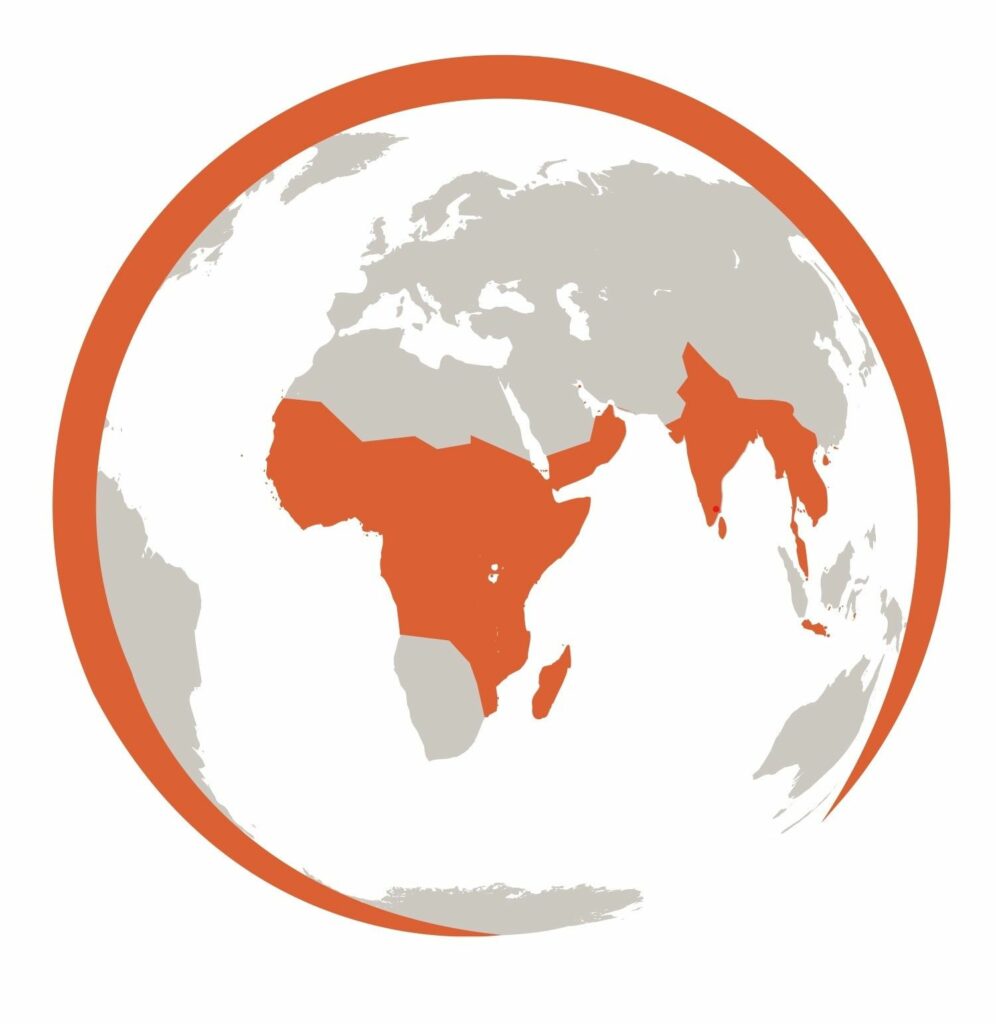Funders
U.S. President’s Malaria Initiative (PMI) / John Hopkins Center for Communication Programs
Location
Global
Dates
2014-2019

In 2010 the Roll Back Malaria Monitoring and Evaluation Reference Group added a new insecticide-treated net (ITN) coverage indicator to the set of standard malaria indicators – the proportion of the population with access to an ITN. The indicator represented the percent of the population that could use an ITN, if they wanted – but as a new indicator, few stakeholders and fewer programme planners were familiar with how it could be used to assess programmes and inform planning.
Through PMI VectorWorks, a five-year $60 million global project aiming to scale up vector control for malaria prevention through improved distribution of ITNs, Tropical Health staff published papers about the indicator, developed training materials, and oriented the malaria community on the value of this indicator for planning.
Tropical Health published three important peer-reviewed articles to socialize the indicator into wider circulation. Tropical Health also contributed to videos produced by the Demographic and Health Survey (DHS) project about the access indicator, presented at many Roll Back Malaria meetings and American Society of Tropical Medicine and Hygiene meetings, and worked to further the understanding of the indicator with national programmes at Alliance for Malaria Prevention Trainings.
Finally, Tropical Health developed a series of comprehensive Stata do-files to produce charts and tables for www.itnuse.org, a website that provides ITN use and access data and programmatic recommendations for countries with publicly available DHS, Malaria Indicator Survey (MIS), and Multiple Indicator Cluster Survey (MICS).
The first peer-reviewed article was “Universal coverage with insecticide-treated nets – applying the revised indicators for ownership and use to the Nigeria 2010 malaria indicator survey data” (Kilian et al, 2013). The second was “Recalculating the Net Use Gap: A Multi-Country Comparison of ITN Use versus ITN Access” (Koenker et al, 2014), which compared ITN access to ITN use, finding that on average, 87% of those with access to an ITN had used it the previous night across sub-Saharan Africa. The third was “Assessing whether universal coverage with insecticide-treated nets has been achieved: is the right indicator being used?” (Koenker et al, 2018), which demonstrated that household-level indicators of ownership of ITNs were either too broad (ownership of at least 1 ITN) or too restrictive (ownership of at least 1 ITN for 2 people), and that population ITN access, because it used individuals as the unit of analysis, better conveyed the proportion of the population protected with ITNs.
Overall, Tropical Health found that ITN access is the most useful measure of ITN coverage, as it conveys the proportion of the population that could use an ITN. When compared directly with ITN use, programmes can understand how strong ITN culture is in different areas of their country and within different subpopulations, and are able to design appropriate interventions to boost use where needed.
Global Fund / Nigeria National Malaria Elimination Programme
Nigeria
2023 - 2024
Sightsavers, Ghana Somubi Dwumadie (FCDO)
Ghana
2022-2023
Global Fund MOSASWA (Mozambique, South Africa and Swaziland) region
Mozambique
2022-2023